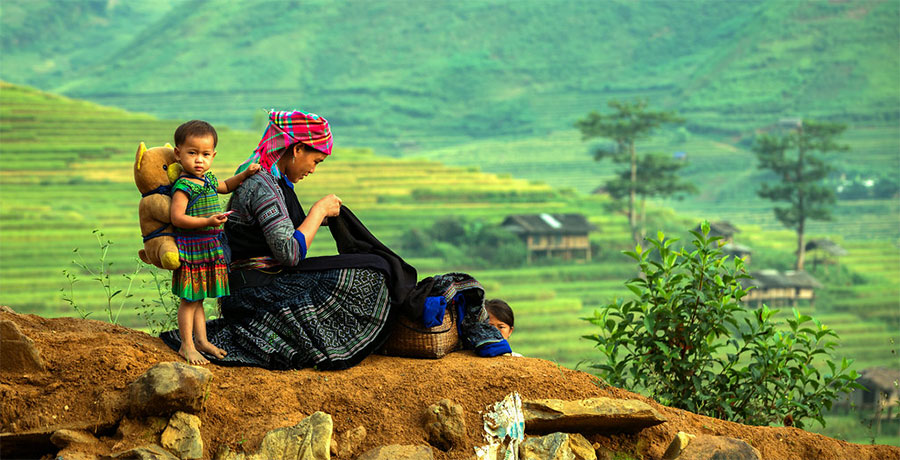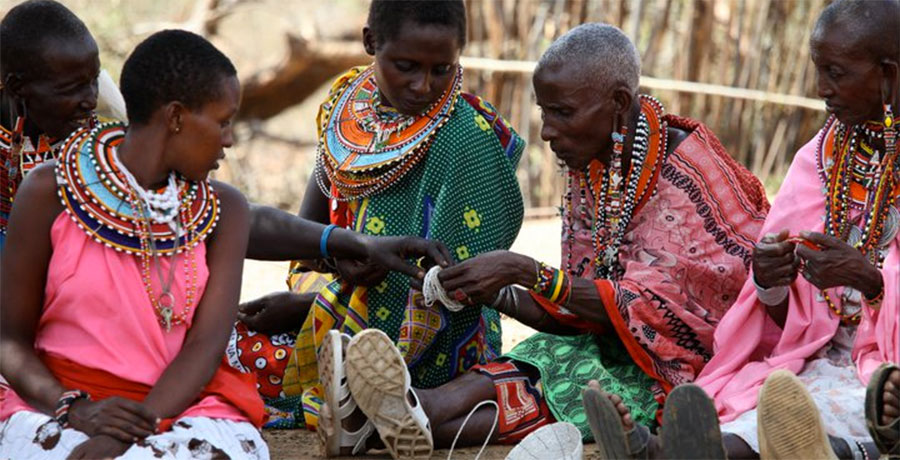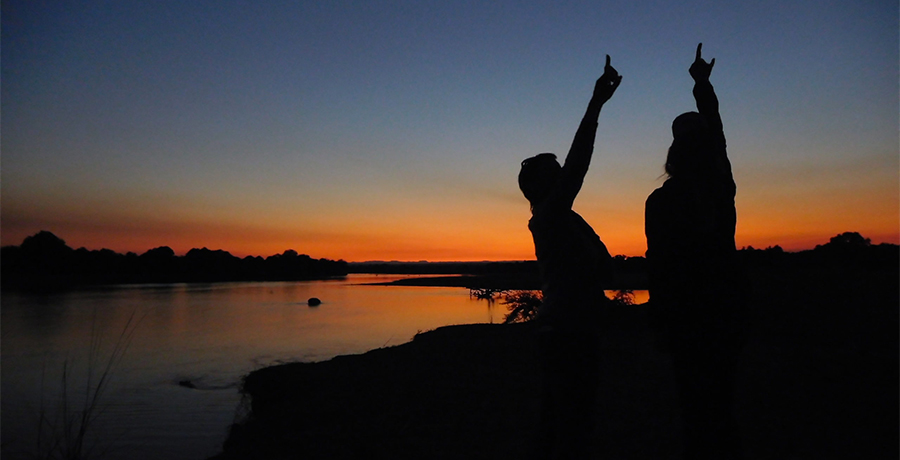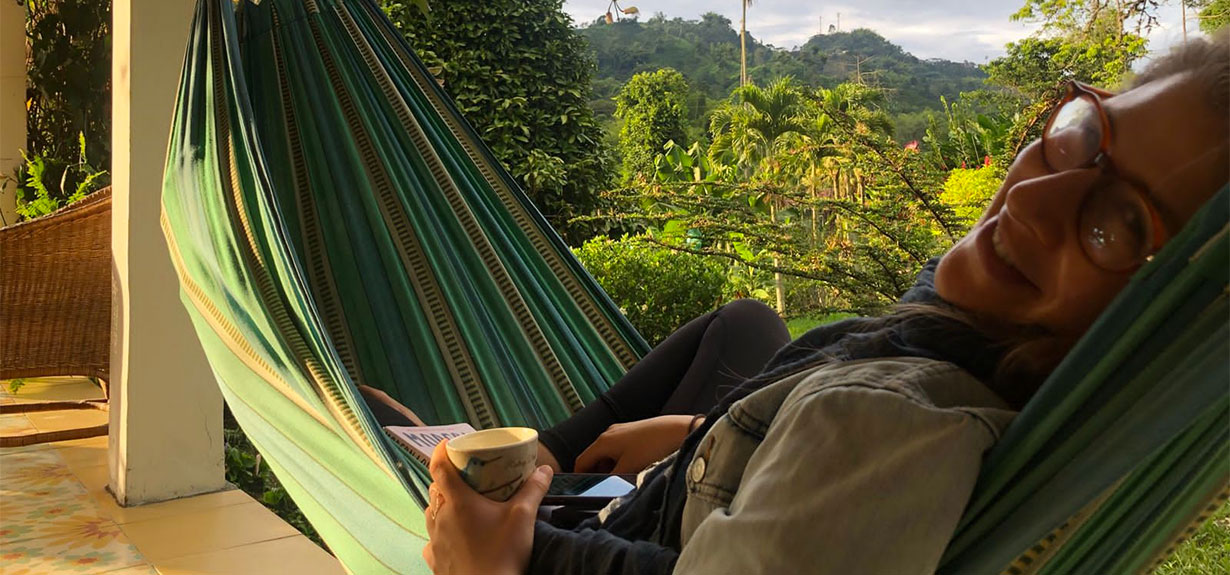What Is Slow Travel?
Slow travel is a mindset followed by intentional action. It means being willing to find yourself fully in a place and let go of preconceived expectations, to do lists, and simply be in the moment. Slow travel is an invitation to slow down your mind and your physical body and ground yourself in your ‘“WHY”. Why do you travel? How does traveling make you feel? Why are you visiting the destination and what do you want to learn and feel from it? How do you want to connect with the individuals and communities you encounter?
I am currently living abroad during the pandemic and have begun to practice this mindset, which was new for me. I have had a first-hand experience of transporting my physical body to a completely new environment and culture at a much faster pace than my inner self and had to teach myself how to slow down to catch up. Through this practice, I saw how slowing down opens up the time and space for greater awareness of ourselves and our environment. Time to make sense of our experiences. Time to reflect on how our travel experiences give us new insight or ideas about ourselves and our place and impact in the world. This is when travel is most powerful and useful in activating change. Slowing down during our travels allows us to evolve in a way that’s good for ourselves and the world around us. It requires more of us, not less. That is the transformative power of travel that Elevate Destinations believes in.

Slow Travel on Donor Trips
If you tell someone in charge of logistics or events to build “down time” into a donor trip you will undoubtedly be met with resistance, even panic. This is a common reaction when the goal for too many of these trips is to pack in as much as possible, rather than permitting a slower pace to facilitate a deep connection to people and place. Many travel planners default to a logistical framework, centered around an hour by hour schedule, rather than an educational framework that consciously builds upon experiences for true learning.
The Social Impact Journeys Team at Elevate Destinations is integrating the art of slow travel into our donor trips. We are slowing trips down, planning less activities and more time for personal and group inquiry and reflection. We are encouraging our travelers to think beyond themselves and explore slowly, mindfully and curiously to forge deep and more meaningful connections with the places and people visited.
Intimate, Immersive Experiences
All donor trips aim to build deep, lasting connections through intimate and immersive experiences. However, those in charge of designing them are pressured by many different stakeholders. The usual emphasis in planning trips is for people to see and do so many things that they are rarely able to embrace the ethos of slow travel. What I am suggesting is radical: travel planners have to let go of the idea that people need to do and see as much as possible when they travel. People don’t donate funds because of non-stop site visits. They invest their money because they discover the beauty and magic of the people and the place, and connect to it on a personal level. Sitting still, listening deeply, and taking in the scenery, the language, the food, the smells and sounds is part of that process. Taking the time to fully appreciate the culture and issues they behold is necessary for a deep understanding of where you are and the people you are with. Try out a new mantra – “Observe more. Do less.”

Less Structure, More Spontaneity
Most donor trips don’t stick to the typical tourist path. The best donor travel experiences take you to remote places where few tourists have been. The philanthropic journeys Elevate Destinations designs are off the beaten path, providing enriching experiences and opportunities to connect with communities in their native context and on a schedule that is borrowed from the host community, not imposed by an outside organization. Donor trips should, by nature, be less structured, less rushed and less time restrictive. A good donor trip allows travelers to stroll, not run, from experience to experience.
As Roald Dahl said, “above all, watch with glittering eyes the whole world around you because the greatest secrets are always hidden in the most beautiful places.”
Be Present
Donor trips need to help travelers ground themselves in the present moment. They should focus travelers’ attention to what they are experiencing in the moment rather than thinking of what they’re doing or where they’re going next. This starts with setting expectations for travelers, setting intentions for the journey and setting intentions for each day. Every day, every site visit, can bring travelers back to their “Why”. WHY are you participating in this journey? How can you be more mindful and present to make the most out of your experience? Attending to the “WHY”can help travelers to be present, have deeper, more meaningful conversations and enriching experiences.
Embrace the art of slow travel and design a slower paced donor trip for your organization’s next journey. Slowing down the pace at which we physically, mentally and emotionally travel will open your community to more deeply connect with your mission and become powerful agents of change.


